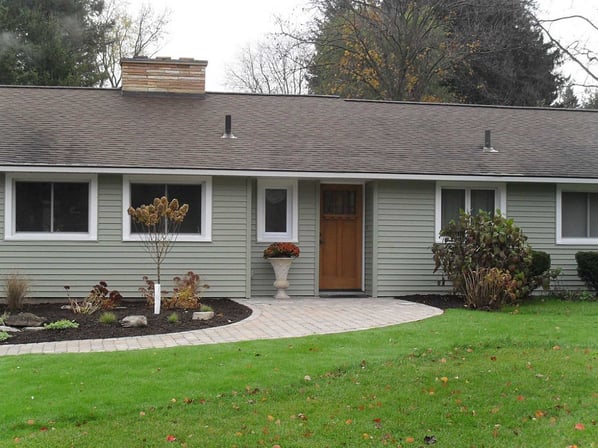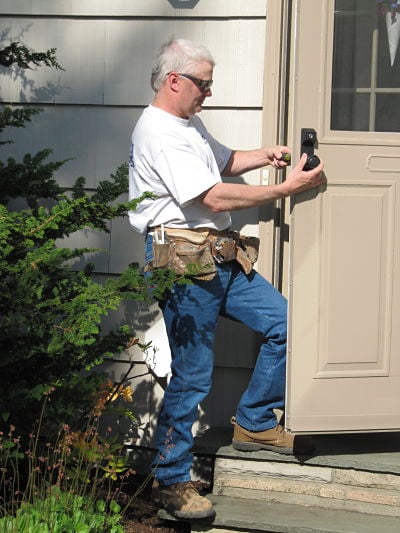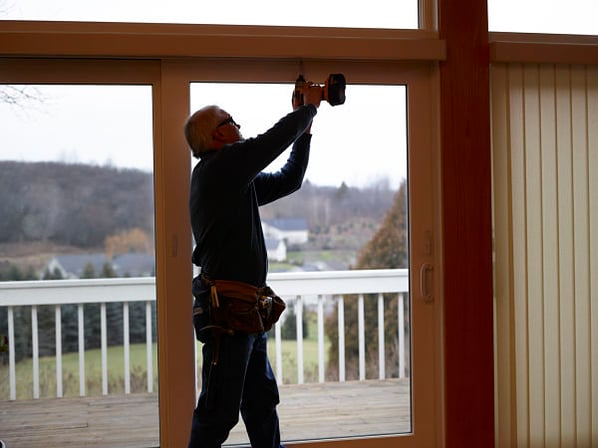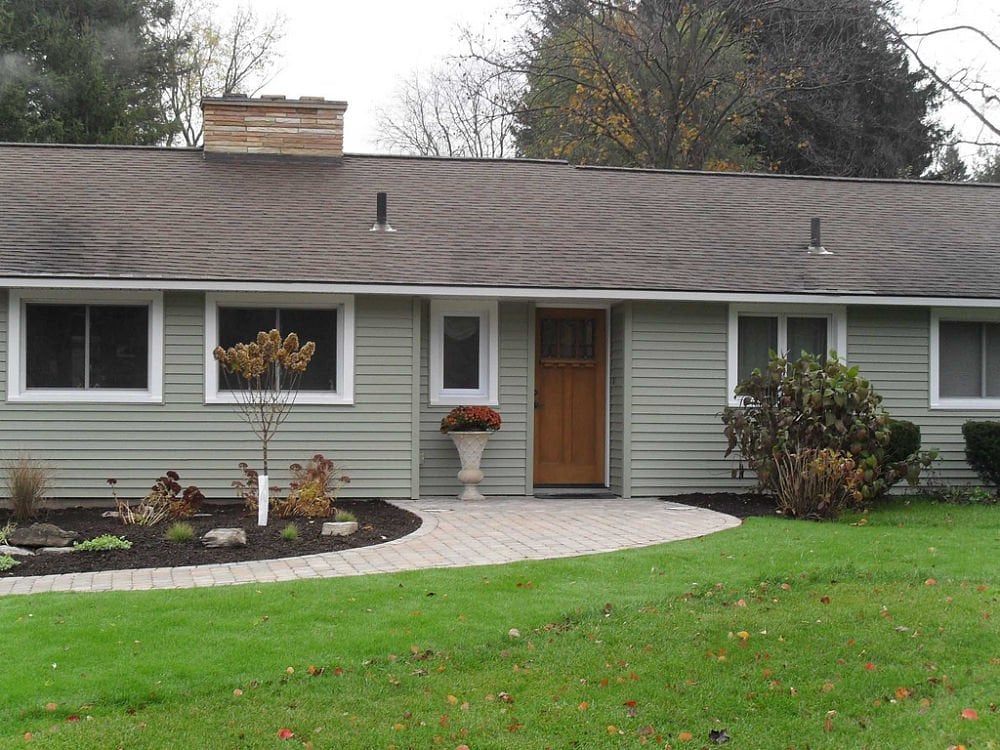Fall is the ideal time to do a maintenance check of your home to assure that you are ready for the winter months ahead. By checking your home in the fall and again in the spring after winter has passed you will be able to identify problems before they become major and expensive home repairs.

To help you get started, we invite you to download our complimentary “Home Maintenance Checklist.” This handy, one-page checklist identifies the areas outside and inside your home that should be inspected for problems before the snow and freezing temperatures come.
Here are some of the primary problems to look for and areas to inspect this fall:
Outside Home Maintenance

1) Check your roof for damage or have a professional look at it.
Damaged shingles and flashing can cause leaks. Spotting problems early will help lower the cost of repair. Check your roof and the flashing for signs of wear and tear. Also, check the roof for mildew and remove debris. Clean gutters and downspouts. If your home has skylights, check them for leaks and clear off debris.
2) Inspect your chimney.
Chimneys should be inspected for masonry cracks, loose bricks, chimney cap damage and potential leaks where the chimney abuts the roof and framing.
3) Check windows and doors for damage.
Wood sills and sashes take abuse from the weather and are susceptible to dry rot.
- Check framing for signs of wear or decay.
- Check window closures, locks and door knobs or handles to be sure they are operating properly.
- Check door tracks if you have sliding doors.
- Replace broken panes.
- Check caulking and weather stripping and replace if loose or worn.
4) Clean out gutters, window wells and storm drains.
Leaves and debris will build up in these areas during the fall.
5) Repair broken and uneven areas of sidewalks and the driveway.
Repairs should be made as soon as problems occur, especially on sidewalks where uneven areas can create a tripping hazard.
6) Check your home’s foundation for signs of cracks or movement.
Small cracks can usually be filled with a concrete crack filler or silicone caulk. Large cracks should be inspected by a professional.
7) Check outside faucets.
Look for leaks and drips that will waste water and may impact the foundation walls over time if left unattended. Remove hoses and, if possible, shut off the water to each faucet and drain the line.
8) Clean the clothes dryer vent to the outside.
Lint buildup in the vent can cause a fire. Be sure to clear the vent to the outside before the snow piles up.
9) Trim trees and shrubs near the house.
Fall is an ideal time for pruning and planting.
Inside Home Maintenance

1) Have your heating system serviced.
Call a professional to inspect your furnace and make sure it is working efficiently.
2) Replace your furnace filter.
Filters should be checked once monthly and replaced as needed. Some filters are reusable and can be taken out, cleaned with a hose and put back in place. A dirty air filter can reduce the efficiency of your furnace.
3) Check the water heater.
Inspect the base of your water heater for evidence of leaks or rusting at the bottom. If rust is found, the water heater should be replaced.
4) Inspect your fireplace.
If you burn wood regularly you should have your chimney inspected every year to assure your fireplace is safe and to prevent a fire in your home. For gas fireplaces, follow the manufacturers recommendations for service.
5) Inspect and clean dust from the covers of your smoke detectors and carbon monoxide alarms.
Replace your batteries. “Daylight savings time” this year is November 1st which is the time when many homeowners regularly replace their batteries.
6) Check your basement walls and foundation.
Check for cracks in the walls, dampness and mildew. Close crawl space vents during the winter.
7) Check sump pumps and drains.
Test your sump pump’s battery backup system to ensure it is working correctly.
8) Check the washer hose connections.
Check the hose connections to both the washer and the faucet. Replace the hose if it is cracked or leaking. Also check the discharge line to ensure it is clean and there are no obstructions.
9) Check the following routinely in the fall and again in the spring:
- Sinks for leaks in the faucets and plumbing.
- Caulk and grout around sinks, tubs and showers for cracking and wear




